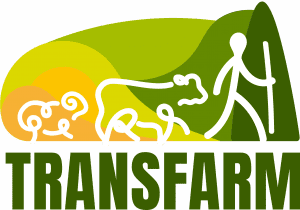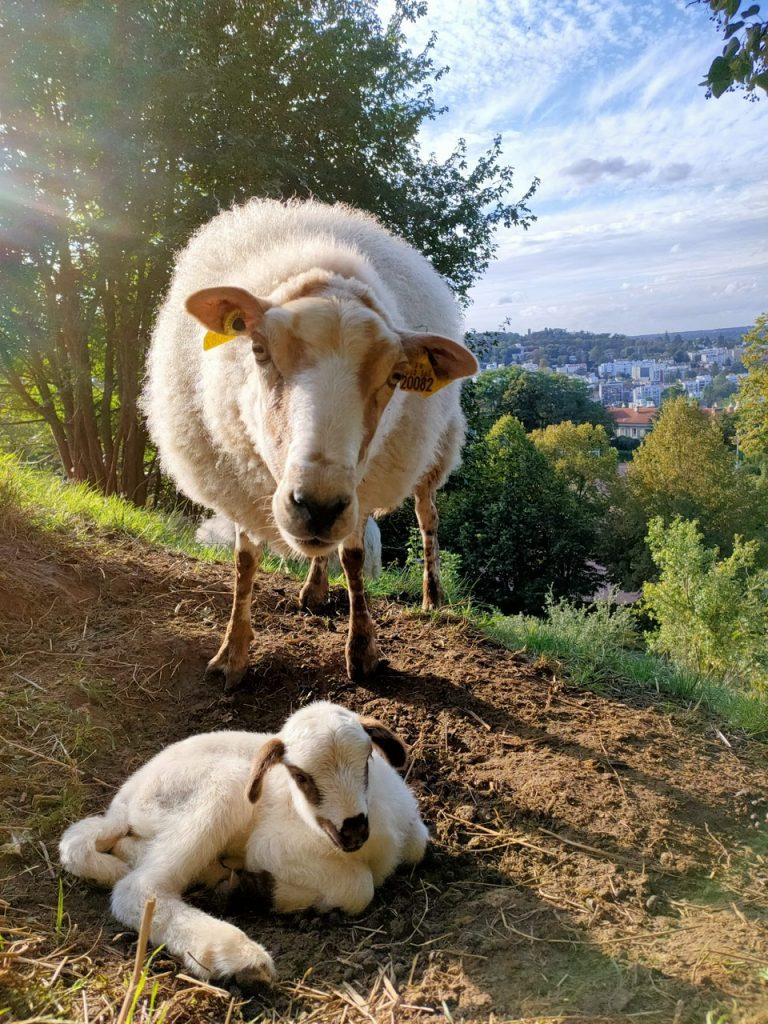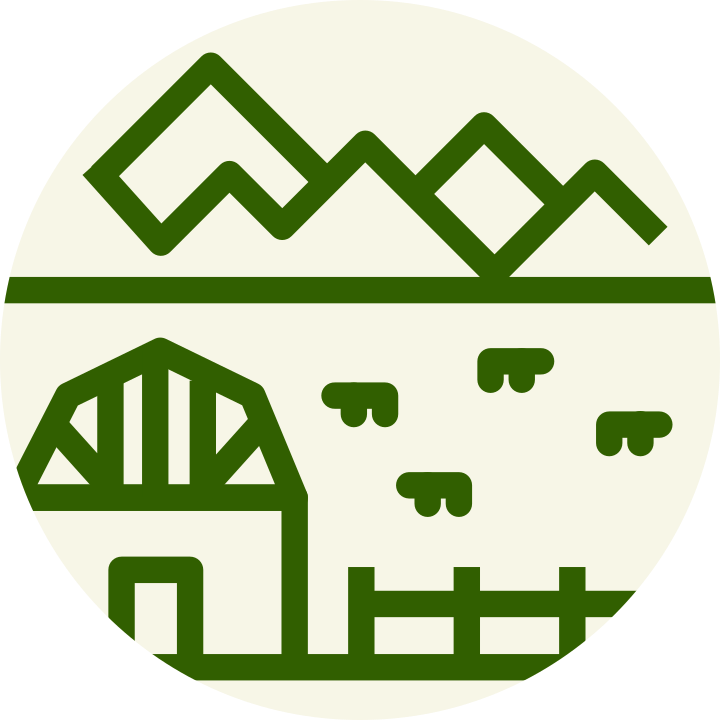Marie Bréon, head of the association Bergeries en ville, has been practicing eco-pasture (or urban pastoralism) since 2010. Her sheep and goats graze on about fifteen plots of land in Clamart and its surroundings. The association has contracts with municipalities and private companies that allow the association to use this land. The activity also has a social and educational dimension since it is located in the heart of the Parisian agglomeration.



